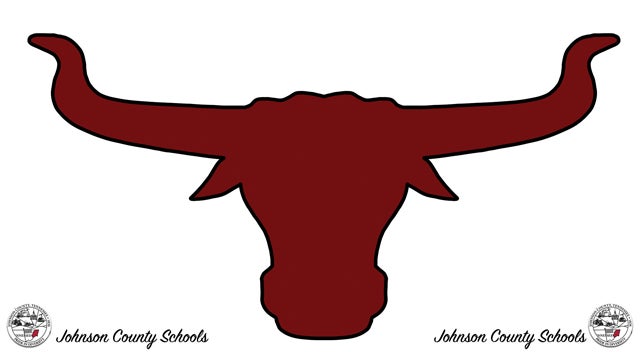Aerial treatment for gypsy moth infestation planned
Published 11:37 am Thursday, June 4, 2020
|
Getting your Trinity Audio player ready...
|
CONTRIBUTED BY THE USDA FOREST SERVICE
Cleveland —The USDA Forest Service and the Tennessee Department of Agriculture Division of Forestry plan to conduct aerial treatments, this month, to control gypsy moth infestations in Johnson County, Tenn. The treatment is part of the national program to “Slow the Spread” of the gypsy moth.
The treatment will be applied by aircraft flying at low elevations over affected areas. Aerial applications are conducted only under suitable weather conditions. With favorable weather, the entire project area could be completed in 1 day sometime during the week of June 15, 2020.
Gypsy moth is a devastating exotic insect that feeds on many hardwood trees, especially oaks in the eastern United States. Currently, the infestation in Johnson County is low level. Treatment is being conducted to eradicate the population and prevent its establishment in the area.
The treatment area includes approximately 8,760 acres of the Cherokee National Forest and private land in Johnson County. The treatment area will be sprayed with a gypsy moth pheromone, a “scent” that confuses the moths during mating thus disrupting their reproduction.
The biodegradable spray only affects the gypsy moth and is certified for organic production. The spray is non-toxic and not known to cause impacts to humans, other insects, animals, and the environment.
Approximately 4.8 miles of the Iron Mountain Trail (Forest Trail #54), 0.8 miles of the Gentry Creek Trail (Forest Trail #51), and 2.0 miles of the Rodgers Ridge Trail (Forest Trail #192), in the Cherokee National Forest, are located within the proposed treatment blocks.
The trails will be signed to inform trail users of the project before they enter the treatment area.
Forest Service Entomologist Tom Coleman said, “The use of this pheromone to disrupt mating is part of the Slow the Spread program that focuses on early detection and suppression of low-level populations. The treatment is expected to prevent current low-level infestations of gypsy moths from establishing in the area and growing to outbreak levels.”
The gypsy moth is one of the most destructive pests threatening the eastern U.S. Gypsy moth caterpillars feed on tree leaves, damaging and even killing trees.
Trees that are repeatedly defoliated by gypsy moths have a high risk of dying. Because oak leaves are a favorite food of gypsy moth caterpillars, oak forests are particularly susceptible to defoliation.
Learn more about the Slow the Spread project at www.gmsts.org.





